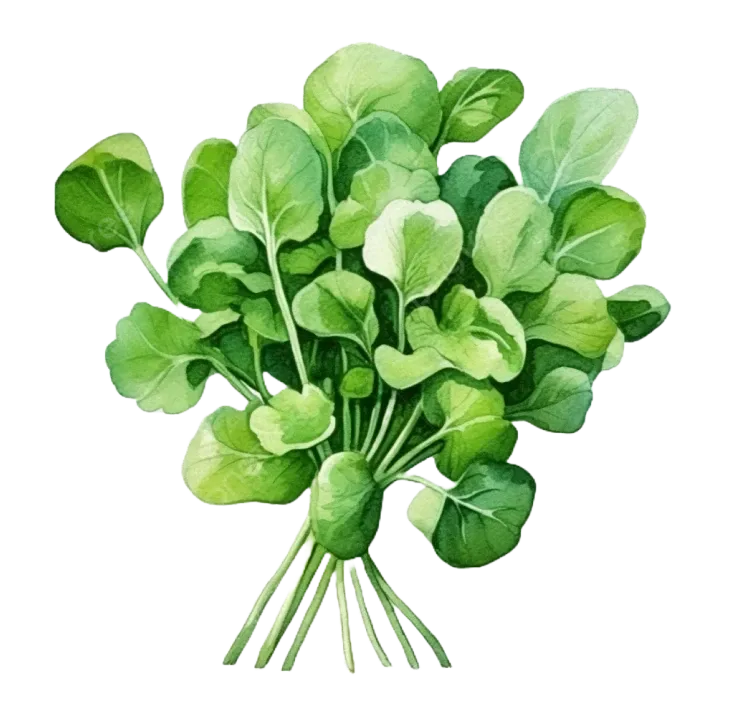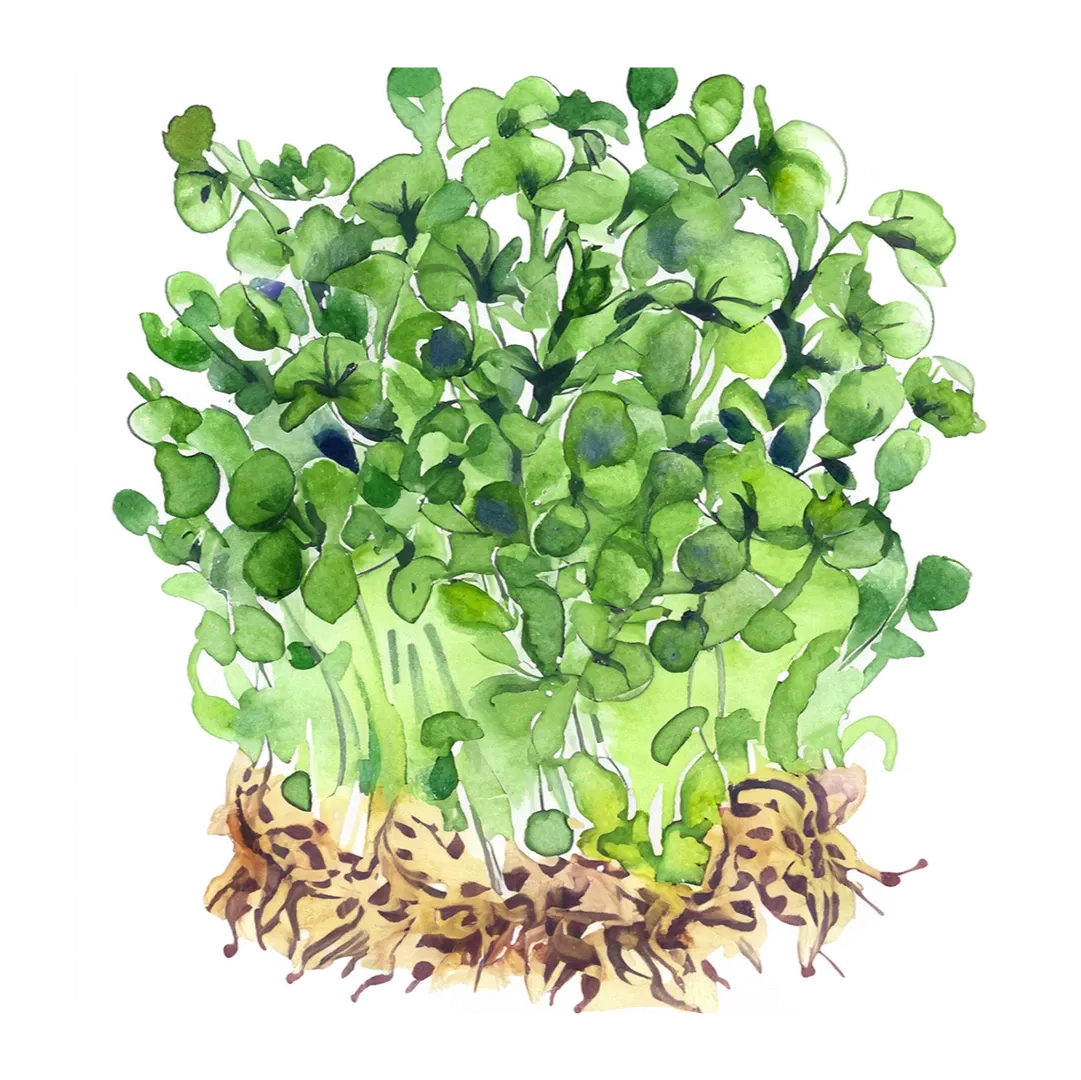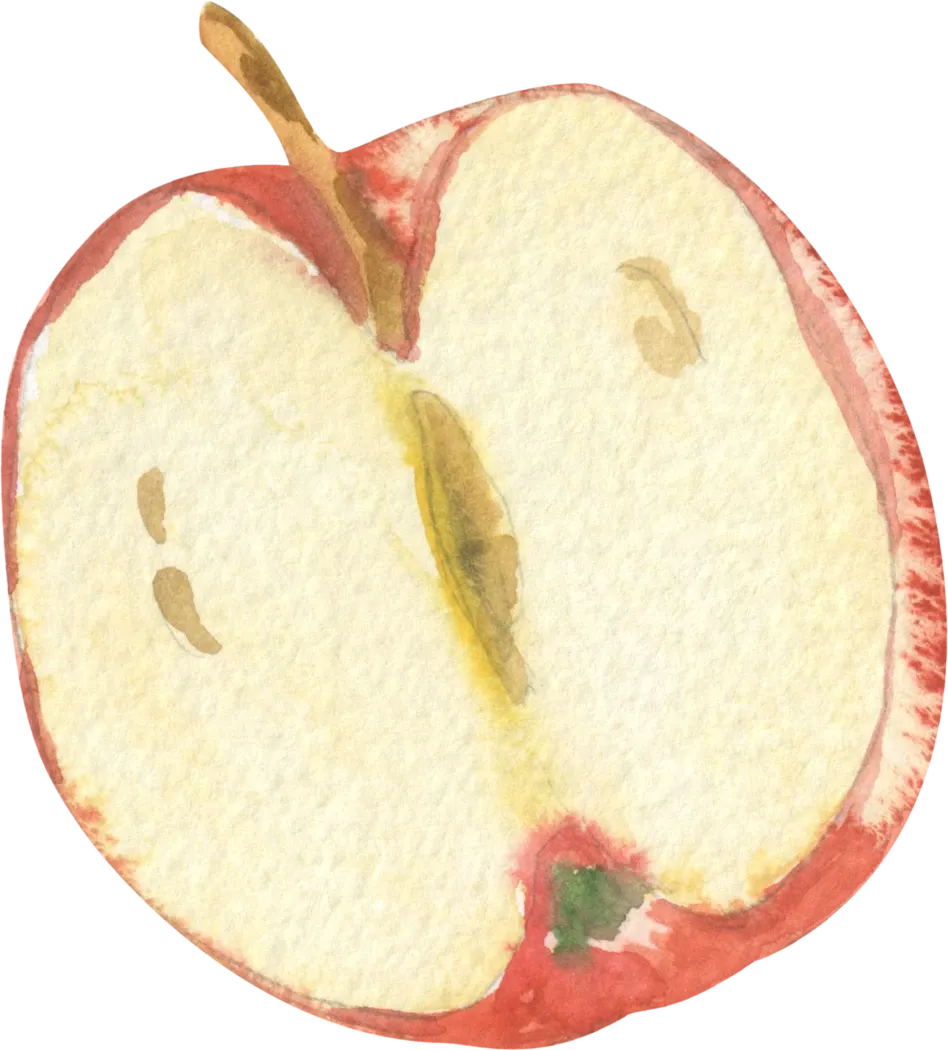The Health Benefits of Watercress: A Nutrient-Packed Leafy Green
Introduction
Watercress is a leafy green vegetable known for its peppery flavor and impressive nutritional profile. Often used in salads, soups, and sandwiches, watercress is packed with essential vitamins, minerals, and antioxidants that support overall health. This nutrient-dense green is a powerful addition to any diet and offers numerous health benefits.
Health Benefits of Watercress
- Rich in Antioxidants
Watercress is packed with antioxidants, including vitamins C and A, which help protect cells from oxidative stress. These antioxidants work to reduce inflammation and lower the risk of chronic diseases, such as heart disease and cancer.
- Supports Bone Health
Watercress is an excellent source of vitamin K, which is essential for bone health. Vitamin K supports calcium absorption and bone mineralization, reducing the risk of fractures and osteoporosis.
- Boosts Immune Function
With high levels of vitamin C, watercress plays a key role in supporting the immune system. Regular consumption of watercress can help the body fight off infections and promote faster recovery from illness.
- Supports Eye Health
Watercress is rich in vitamin A, a nutrient crucial for maintaining good vision. Consuming foods high in vitamin A can help protect against age-related eye conditions, such as macular degeneration and cataracts.
- Promotes Heart Health
Watercress is a good source of potassium, which helps regulate blood pressure. The fiber and antioxidants in watercress also contribute to heart health by reducing cholesterol levels and improving overall cardiovascular function.
Creative Ways to Enjoy Watercress
Watercress is a versatile green that can be used in various recipes to enhance both flavor and nutrition:
- In Salads: Use watercress as a base in salads for a peppery flavor that pairs well with citrus fruits, nuts, and vinaigrettes.
- In Soups: Add watercress to soups and blend for a nutrient-packed, creamy texture.
- In Sandwiches and Wraps: Add fresh watercress to sandwiches and wraps for a crisp, flavorful green that adds nutrition.
- In Smoothies: Blend watercress into green smoothies for a mild, peppery flavor and an extra dose of vitamins.
- As a Garnish: Use watercress as a garnish for dishes like roasted meats, pasta, or scrambled eggs for a fresh, vibrant touch.
Conclusion
Watercress is a nutrient-dense leafy green that provides a range of health benefits, from supporting immune function and bone health to promoting heart health and eye health. With its unique peppery flavor, watercress can be easily incorporated into a variety of dishes, enhancing both flavor and nutrition. Adding watercress to your diet is an excellent way to boost overall wellness.
FAQs About Watercress
- Is watercress good for weight loss?
Yes, watercress is low in calories and high in nutrients, making it an ideal option for those looking to manage their weight while boosting nutrient intake.
- How should I store watercress?
Store watercress in the refrigerator with its stems in a glass of water, covered loosely with plastic. This method helps keep it fresh for up to a week.
- Does watercress lose nutrients when cooked?
Watercress retains most of its nutrients when lightly steamed or added to soups. Overcooking may reduce its vitamin C content, so it’s best to enjoy it raw or slightly cooked.
- Is watercress AIP diet compliant?
Yes, watercress is compliant with the AIP diet and can be safely consumed by those following the autoimmune protocol.
- Is watercress Low-FODMAP?
Yes, watercress is considered Low-FODMAP and safe for individuals with digestive sensitivities.
- Is watercress Low Histamine?
Watercress is generally considered low in histamine and is well-tolerated by individuals with histamine intolerance.
- Is watercress Keto-friendly?
Yes, watercress is keto-friendly due to its low carbohydrate content, making it a great addition to low-carb and ketogenic meals.
Recipes
Check out our meal planning service by following these recipes:









